Research and critical reflections
Hauntology
Hauntology is a concept that was first introduced by Jacques Derrida in his book Spectres of Marx, which was published in 1993. Derrida, who was an Algerian-born French philosopher and historian, used the term to refer to the way inanimate objects can carry the ghost of their past meanings and functions into the present. As Amelia Carruthers explains in her article, Hauntology pertains to collective contemplation of alternative possibilities that have failed to occur or been negated by modern society.
One way in which this concept can be applied is by examining the interesting thought of how inanimate objects can carry a ghost of their past function and cultural meaning forward into the present and how this can influence our relationship with found objects and increase their ecological value.
A fascinating example of Hauntology is the Coca Cola bottle. The return and persistence of the iconic bottle is used to represent a cultural past. It’s a favoured found object for artists through time. Artists like Salvador Dali in Poetry in America, Robert Rauschenberg in A Coca-Cola Plan, Andy Warhol in The Grocery Shop show, and many others, have used it in their artworks for its multiple cultural references. This demonstrates how the Coca Cola bottle has been able to maintain its cultural significance and how it serves as a reminder of the past, even as it exists in the present. This is a prime example of how Hauntology can be used to understand the relationship between past, present and future, and the cultural and ecological impact it has on our world.

Wojciech Fangor, Forging the Scythes, 1954, Egg tempera on plywood
Ai Weiwei
Ai Weiwei's series of Coca-cola vases, which he began in 1994, is a commentary on the relationship between China and the West. The artist takes a Han dynasty jar (206 B.C–A.D. 9), an object with deep cultural and historical significance, and brands it with the Coca-Cola logo, a symbol of global consumerism. By doing so, he highlights the ways in which China's engagement with the West has had both destructive and creative consequences. The use of the Han dynasty jar as a material object in this work also speaks to the concept of Hauntology, which explores the ways in which the past continues to haunt the present. In this case, the vases serve as a reminder of China's rich cultural heritage and how it has been impacted by the forces of globalisation.
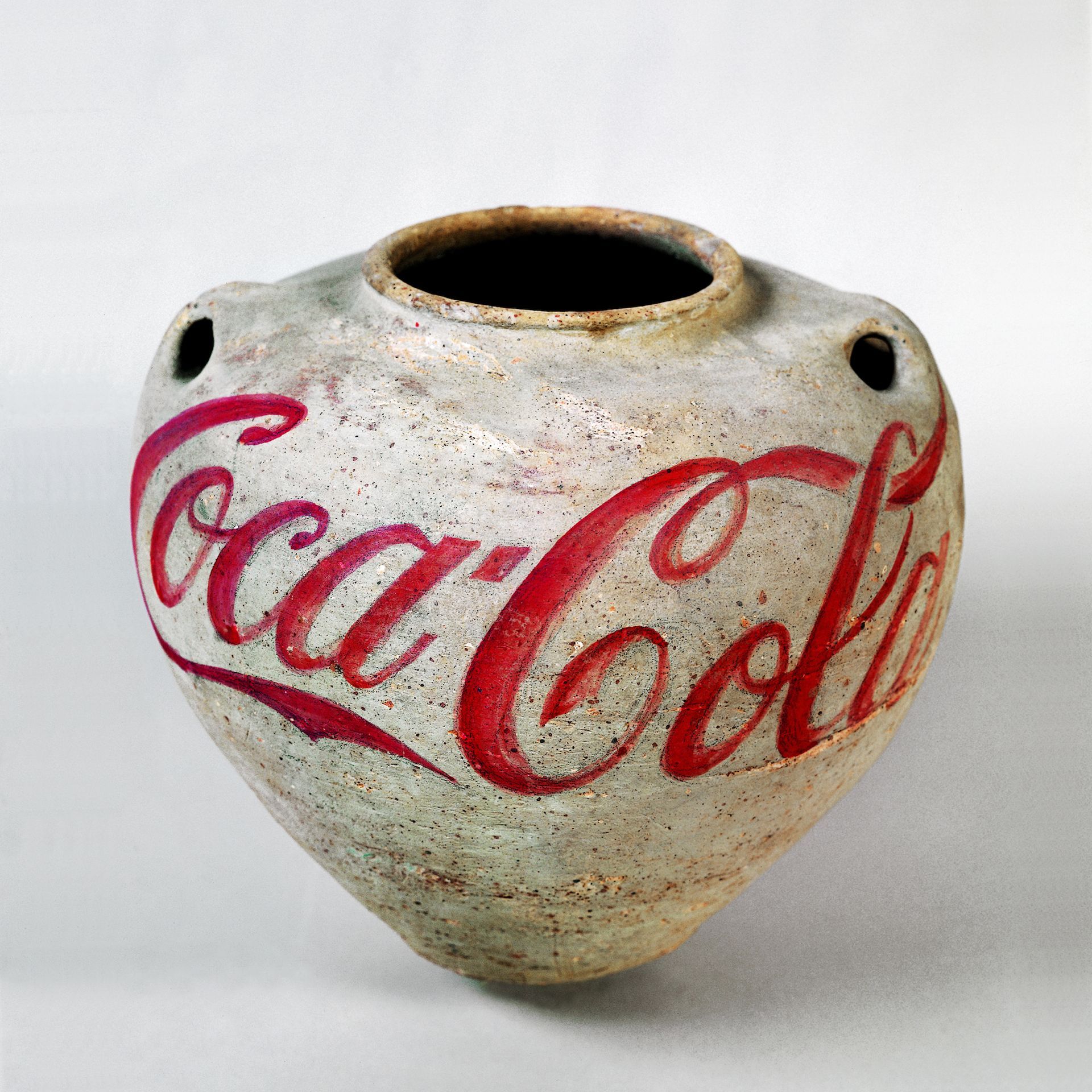
Han Dynasty Urn with Coca-Cola Logo, 1993, Ceramic
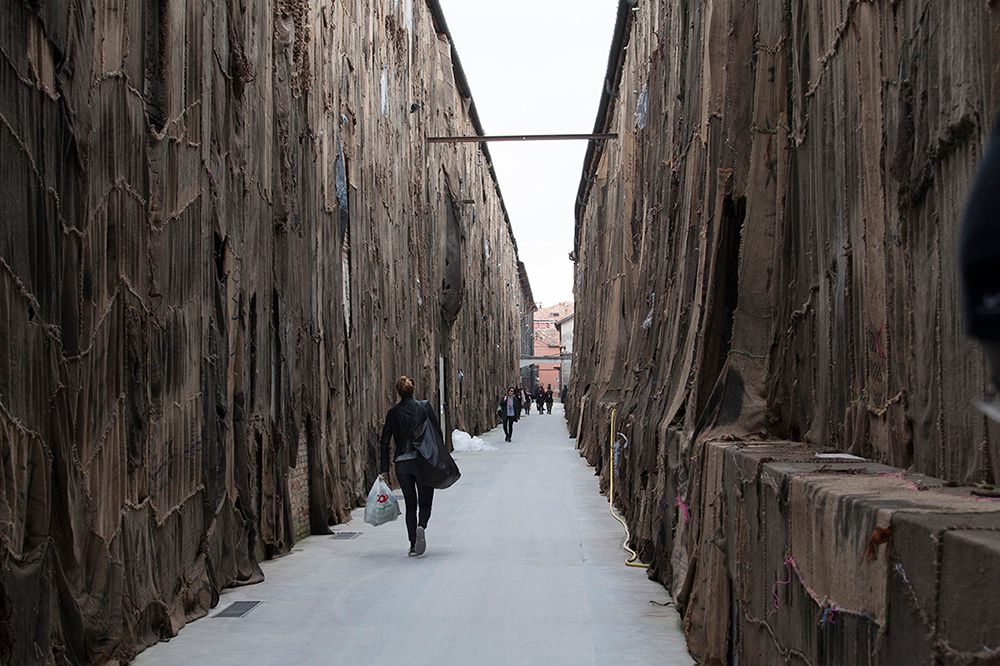
Out of Bounds, 2014 -2015, Coal sacks, metal tags and jute ropes on coal sacks, 56th Venice Biennale
Ibrahim Mahama
Mahama is a Ghanaian artist known for exploring themes of colonialism, globalisation, and trade in his work. He primarily works with found objects, using them to create thought-provoking installations that comment on the political and economic issues facing his country. One of his most famous works, the Out of Bounds Installation, was developed for the 2015 Venice Biennale. In this installation, Mahama used jute sacks to cover the walls of the entrance to the Arsenale. The jute sacks stand as metaphors for national histories of growth and decline entrenched within the structures of capitalism, reflecting the crisis and failure that Mahama observed in Ghana.
Materialism is an important aspect of Mahama's work that inspires my current work. He uses found objects as a way to explore the relationship between material goods and their impact on society. The jute sacks, in the Biennale work, not only symbolise Ghana's history but also the way in which the global economy is built on the movement of goods and the exploitation of resources. By using these materials in his work, Mahama is able to comment on the complex ways in which material goods shape our world and our understanding of it.
Through his use of found objects, Mahama imbues his work with meaning and nostalgia, encouraging viewers to consider the complex political and economic issues that shape our world.
Andra Ursuta
Romanian born, Andra Ursuta draws her inspiration from memory, nostalgia, art history, and popular culture. She employs a variety of media that merge traditional sculptural processes and new technologies to transform commonplace objects and materials into viscerally evocative sculptures and installations that give new, redemptive forms to subjective experience. Engaged with the wider context of aesthetic and cultural change within former Eastern Europe states (similar to my upbringing), this connects to my work around past conditioning and how we carry its impact with us subconsciously. Ursuta's work can also be seen as an exploration of the concept of Hauntology, which refers to the ways in which the past haunts the present and shapes our understanding of the future. She examines the lingering effects of history and the ways in which the past continues to shape our present and future, through the use of unconventional materials and the manipulation of familiar objects.
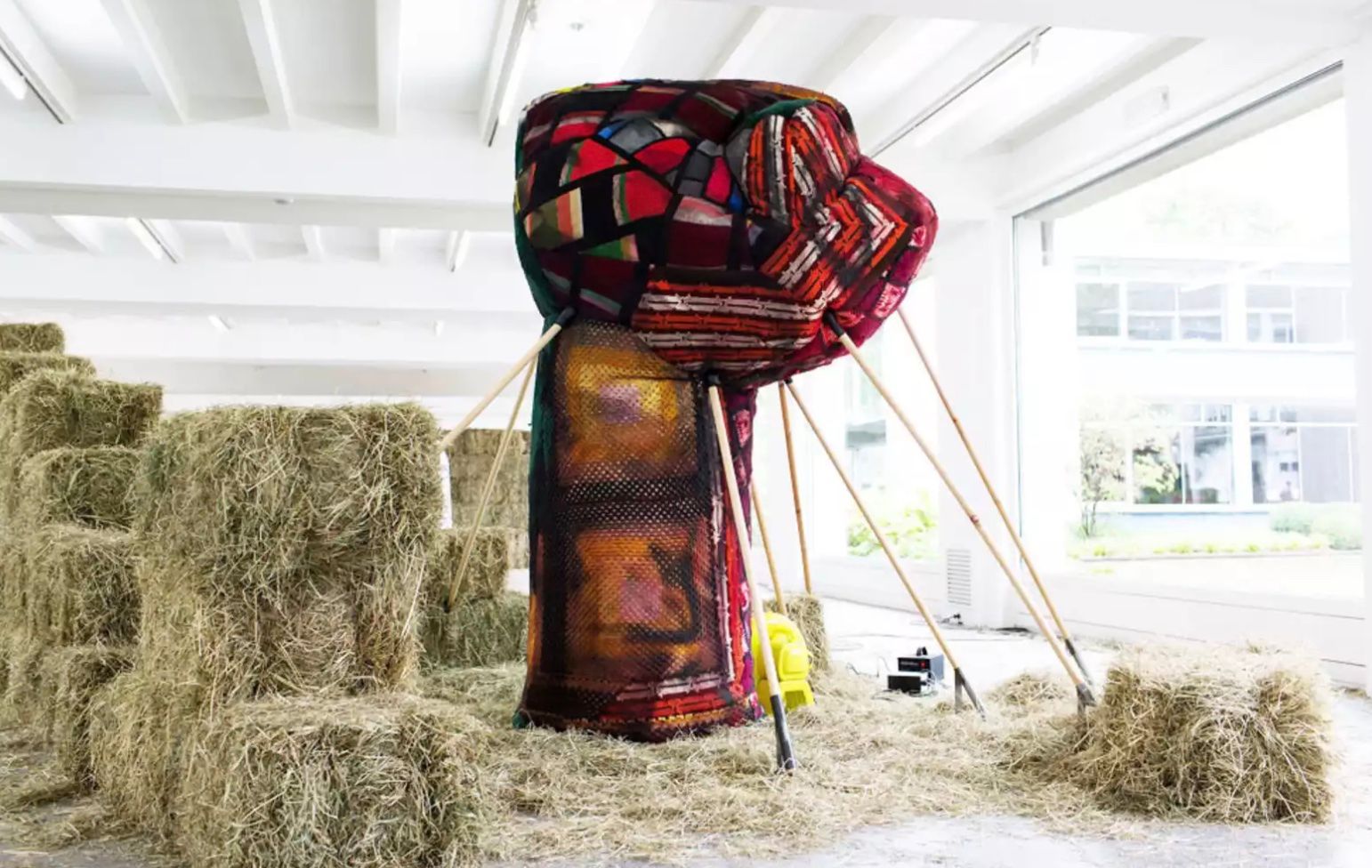
Soft power 1, 2013, bedspreads, paint, wood, metal, electric air blower, inflated
Materiality

Installation view of dock, 2019, Found Objects
Phillida Barlow
Phillida Barlow is a British sculptor known for her large-scale, site-specific installations. She often uses industrial materials such as concrete, steel, and plaster in her work, that he cuts, saws, breaks, coils, folds or covers into structure that are playful and unwieldy, with layered surfaces and contrasting textures. On the verge of collapse that I find interesting. Her works, disobey the rules of gravity, balance and symmetry.
Barlow's work is characterised by its raw and minimal aesthetic, and she often leaves visible the marks and imperfections of the materials and construction process. She is interested in the materiality of her sculptures, exploring the physical properties and limitations of the materials she uses, and how they interact with the space they are in.
Observation and drawing are key to Barlow’s process, but her intentions are never simply to record the world around her. Barlow is interested in the act of remembering and the details that are lost in the process. In her drawings and sculptures real-world subjects become abstract versions of themselves. Her work seems to resemble, houses, stages, and racks, made strange.
Maria Bartuszova
Prague-born Slovak artist Maria Bartuszová experimented using her own pioneering method of casting plaster by hand. I am interested in the fragility of her balloon plaster casts that were inspired by her daughter play.
She used techniques like pushing, pulling or submerging under water to create unique and distinct shapes that resemble objects in real life or human body parts.
Her experiments with form during the limitations of socialist Czechoslovakia (I grew up in socialist Romania with similar limitations) made her develop distinctive methods of work, the technique of gravistimulated modelling that highlights the importance of temporality of her work.
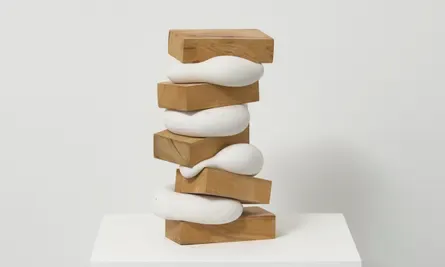
Untitled, 1972–1974, Plaster, wood
Object

The Way Things Go, 1987, Film still, found objects
Peter Fischli and David Weiss
Peter Fischli and David Weiss created comical and absurd constructions by balancing everyday household objects in unexpected ways. These "bold, fragile balancing acts" were made with objects that were readily available and photographed on-site.
In 1987, they also created a 30-minute film called The Way Things Go, in which they used these same objects to create a chain reaction with mesmerizing kinetic energy.
This interconnectedness has strong ecological undertones, a butterfly effect shown through the apparently random interaction of the objects.
They often explore themes of fragility and balance. They are known for creating sculptures, installations, and photographs that play with the tension between stability and instability, often using everyday materials.
I find interesting their use of humour and irony to comment on the human condition and the nature of art.
Fischli and Weiss highlight the fragility of our existence and the constant effort required to maintain equilibrium.
Colour phycology
According to the artist Barbara Chase-Riboud (current exhibiting at Serpentine Gallery 'Infinite Folds'), red in three-dimensional form is the most seductive colour in the spectrum. It evokes a powerful emotion response in the viewer, and inevitably the eye is drawn to this luscious hue.
David Batchelor
Chromophobia is a critical examination of the cultural and psychological implications of colour in art and architecture. The author argues that colour has been viewed with suspicion and fear throughout history, and that this fear of colour, or "chromophobia," has led to a suppression of colour in modern art and architecture. He contends that this fear is rooted in the belief that colour is superficial, unnecessary, and even dangerous.
The book explores the ways in which colour has been used and avoided in art and architecture and the impact of these choices on our understanding of the world around us. Through a variety of case studies and historical examples, the author argues for the importance of colour in art and architecture and the ways in which it can be used to create meaning and depth in our visual environment.
I am delving deeper into the psychological effects of colour through reading Chromaphobia.
In my own work, I utilise vibrant and alluring hues to increase visibility. I believe that colour can evoke emotions and I use it as a tool to influence people's attitudes towards waste and change their perception of it.
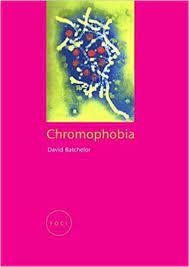
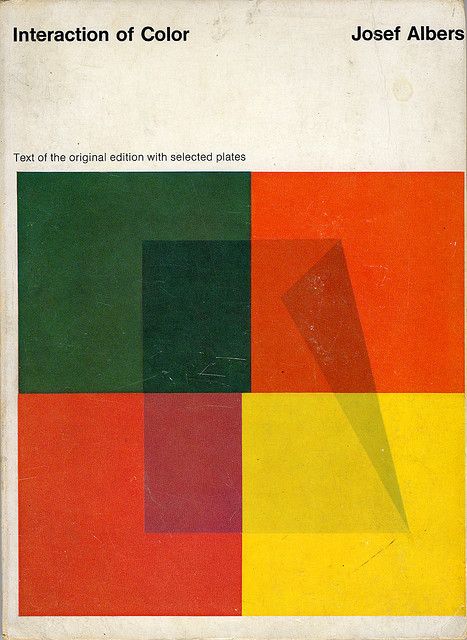
Interaction of Colour is a book written by artist and educator Joseph Albers in 1963. The book is based on a course of the same name that Albers taught at Yale University for many years. It is considered a classic in the field of colour theory and is widely used as a textbook in art schools around the world.
In the book, Albers explores the optical effects of colour, such as how colours can appear to change when placed next to one another. He also discusses the psychological effects of colour, such as how certain colours can evoke certain emotions or feelings. This is where my interest lie with his research. The book is filled with diagrams and illustrations that demonstrate Albers' theories and ideas about colour.
One of the key takeaways from the book is Albers’ idea that “a colour is never seen as it really is – as it physically is. This fact makes colour the most relative medium in art.” He stresses that the context in which a colour is seen plays a crucial role in how it is perceived. The book also emphasises the importance of experimentation in understanding colour and the effects it can have.
Interaction of Colour is not only a reference for artists and designers, but for anyone interested in colour, design and visual arts. Albers' unique approach and clear explanations make it an accessible and valuable resource for anyone looking to deepen their understanding of colour.
Ecology
Timothy Morton
Timothy Morton in his book The Ecological Thought, states that: ‘Ecology isn’t just about global warming, recycling, and solar power – and, also not just to do with everyday relationships between humans and non-humans. It has to do with love, loss, despair, and compassion. It has to do with depression and psychosis. It has to do with capitalism and with what might exist after capitalism. It has to do with amazement, open-mindedness, and wonder. It has to do with doubt, confusion, and scepticism. It has to do with concept of space and time. It has to do with the light, beauty, ugliness, disgust, irony, and pain. It has to do with consciousness and awareness. It has to do with ideology and critique. it has to do with reading and writing. It has to do with race, class, and gender. It has to do with sexuality. It has to do with ideas of self and the weird paradoxes of subjectivity. It has to do with society. It has to do with coexistence. Like a shadow of an idea not yet fully thought.’ ‘(Morton, 2010, p.2)
He also stated that all forms of life are interconnected, and he includes in this the non-human. He argues that all things have agency to some degree, not just us humans. I am interested in this theory, not completely convinced but willing to research further his theories.
I’m looking at how artists have communicated the ecological message though their art using found objects, both directly and indirectly.
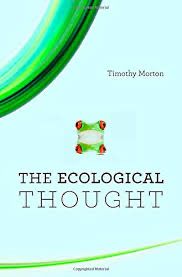
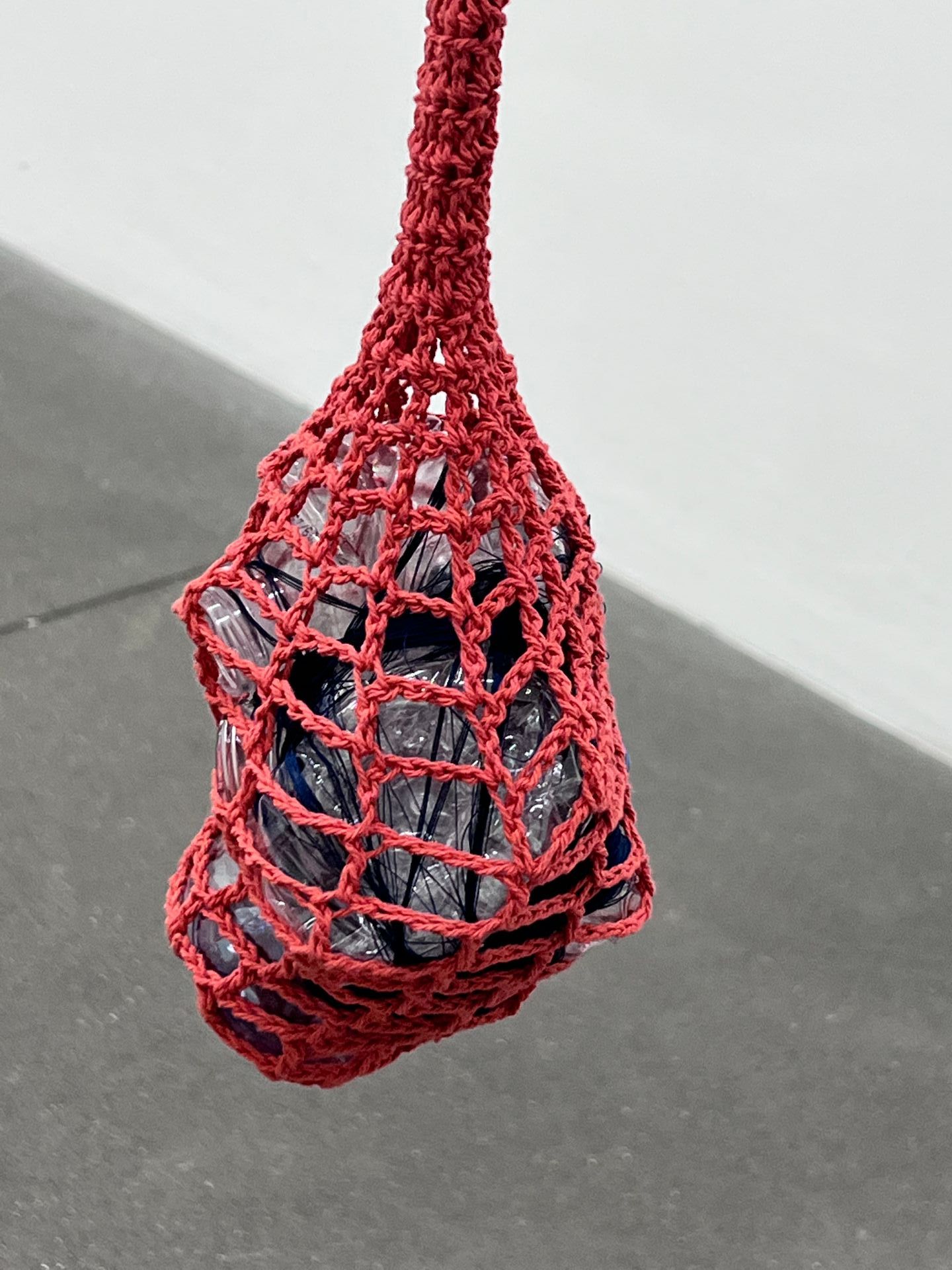
Movement of Light Extinguished II, 2022, Broken lightbulb, plaster and wool elastic
Veronica Ryan
Her current exhibition at Alison Jacques Gallery London, features, a variety of seeds, constructed and model in bronze and ceramics. She has been casting and constructing both from found an organic form since 1970, a process which has rendered lifelike and sensible results. I am interested in her work because she initiated multiple conversations about ecology, psychology, and culture.
Veronica Ryan used as methods of work elemental processes, such as tying, biding, staining and stacking, using these techniques, with intense sensitivity as a kind of reckoning or discovery. Her materials are found objects and organic forms that remind her of her early experiences in life.
She utilises found objects and natural shapes that evoke memories of her childhood. Similarly, I incorporate objects from my upbringing in a socialist environment to gain a deeper understanding of their influence.
Reading

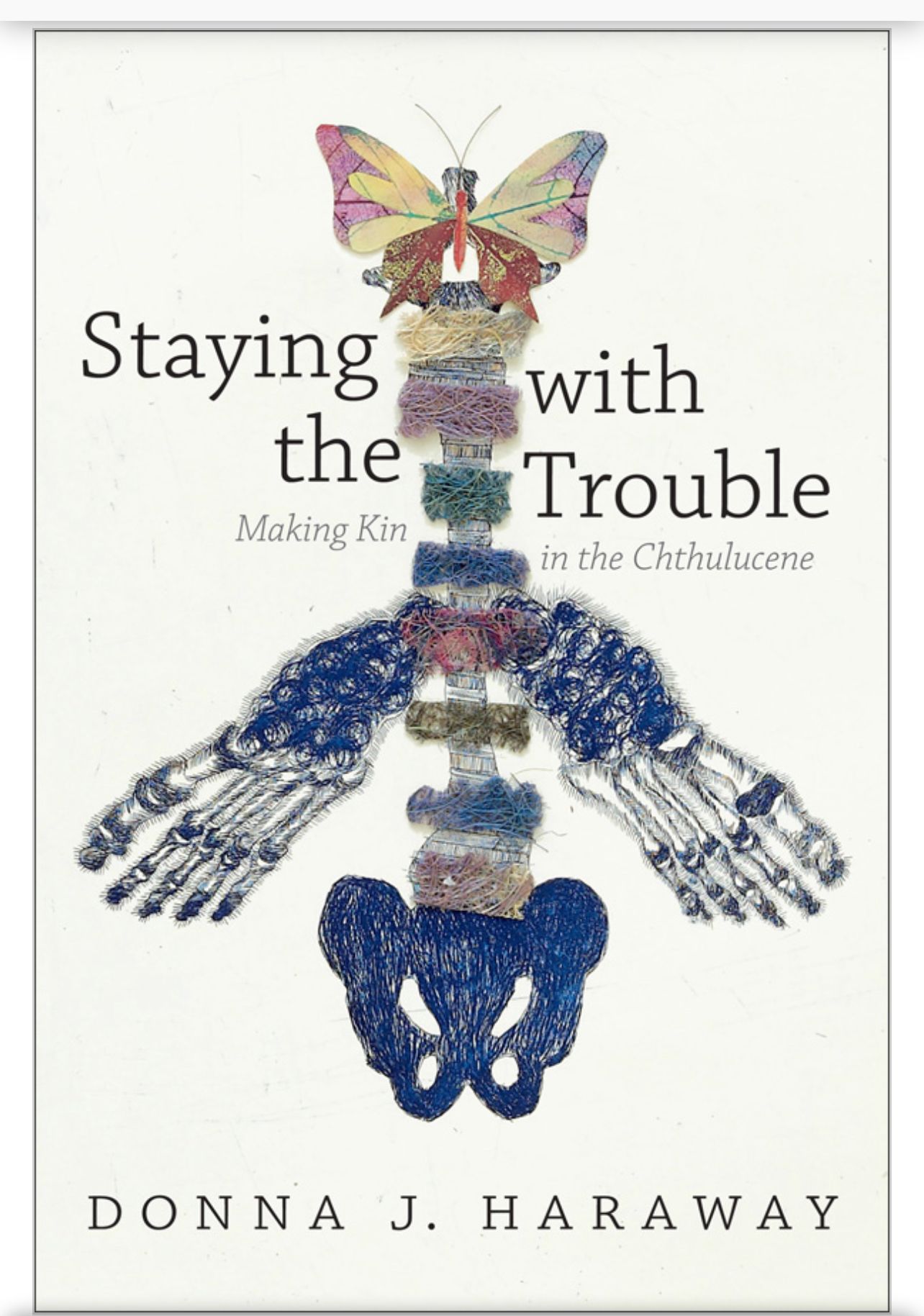

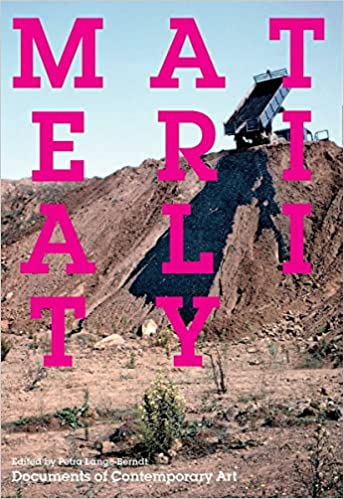
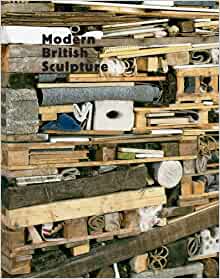
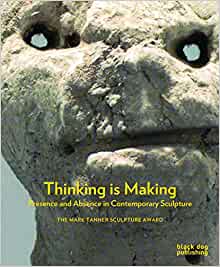
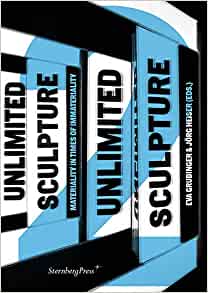
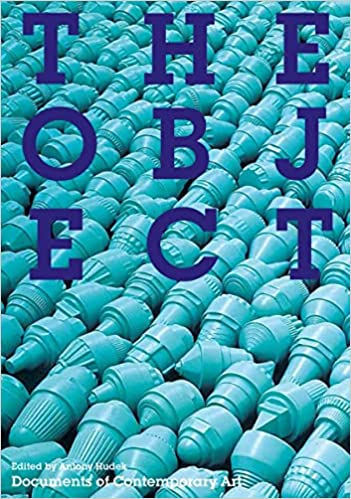
Bibliography
Albers, J. (2013) Interaction of color. Yale University Press.
Batchelor, D. (2000) Chromophobia. Reaktion Books Ltd. London.
Batchelor, D., 2008. Colour (Documents of Contemporary Art). Co-published by Whitechapel.
Bennett, J. (2010) Vibrant matter. Duke University Press.
Berger, John (1972) Ways of Seeing. London, Penguin Classic
Brooker, J. (2010) Found objects in art therapy. International Journal of Art Therapy, 15(1), pp.25-35.
Buskirk, M., 2005. The contingent object of contemporary art. Mit Press.
Curtis, Penelope & Wilson, Keith (Eds). 2011. Modern British Sculpture. Royal Academy of Arts, London.
Danto, A. C. (1996) Play/Things. Peter Fischli David Weiss: In a Restless World. Minneapolis, Walker Art Center. pp. 94-113.
Enwezor, O., Buchloh, B.H. and Hoptman, L.J. (2016) Sarah Sze. Phaidon Press Limited.
Fisher, M., 2009. Capitalist realism: Is there no alternative?. John Hunt Publishing.
Fox, J. (2021). The world according to colour: a cultural history. London: Allen Lane.
Foster, H. (2015) Bad new days: Art, criticism, emergency. Verso Books.
Grubinger, E., Heiser, J., Domanović, A., Fischer, M., Heinich, N., Leckey, M., Parikka, J., Sauer, C. and Vermeulen, T., 2015. Sculpture Unlimited 2: Materiality in Times of Immateriality. Sternberg Press.
Groys, B. (1996) Play/Things, Peter Fischli David Weiss: In a Restless World. Minneapolis, Walker Art Center. pp. 115-121.
Krauss, Rosalind. 1977. Passages in Modern Sculpture. London: Thames and Hudson,
Lange-Berndt, P., 2015. Materiality. Documents of Contemporary Art. London: Whitechapel Gallery.
Lynch, I. and Lynch, S. (2016). Peter Fischli and David Weiss, How to Work Better. New York, Solomon R. Guggenheim Museum.
Manco, T (2014) Raw + Material = Art: Found, Scavenged and Upcycled. 2nd Edition London, Thames & Hudson Ltd.
Morton, T. (2021) All Art is Ecological. Penguin UK.
Morton, T. (2010) The Ecological Thought. Harvard University Press.